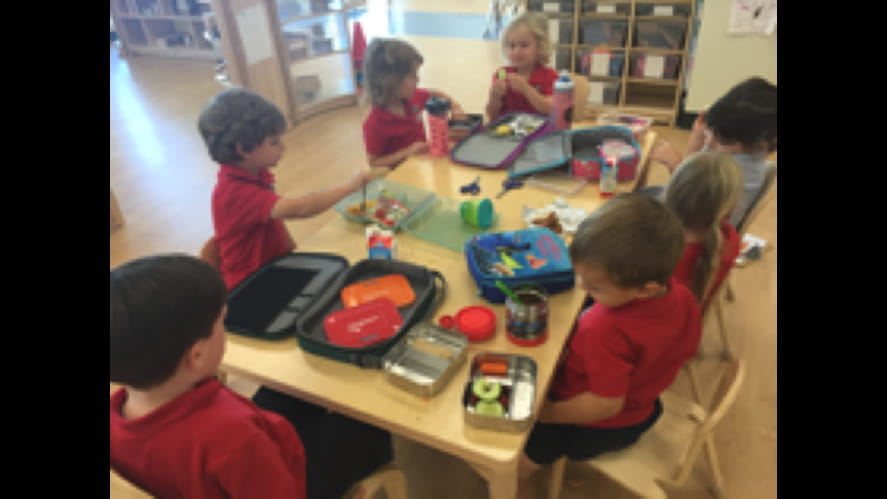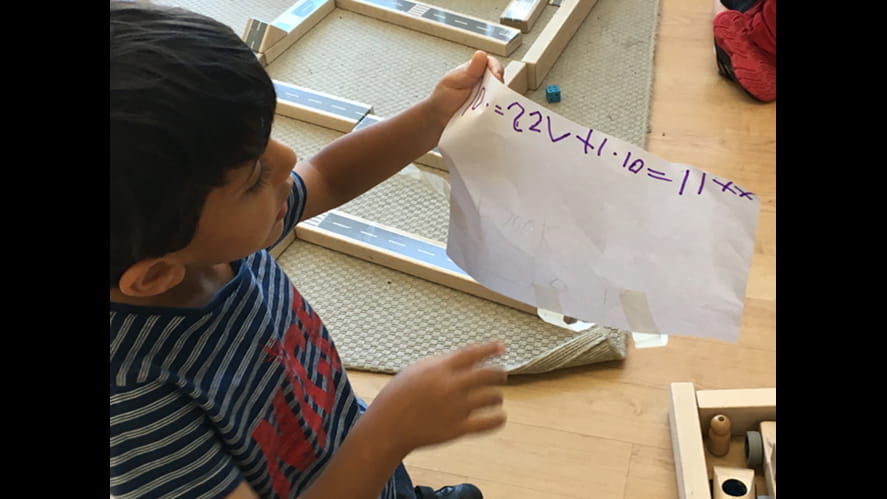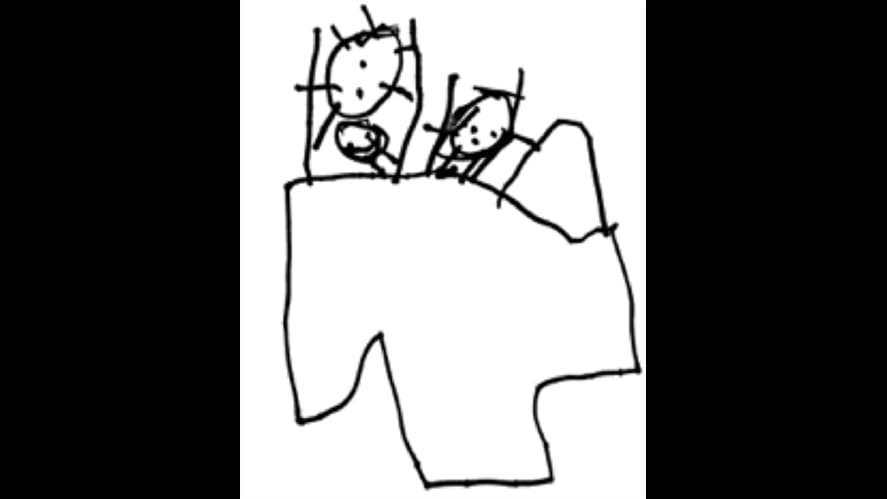“Food is our common ground, a universal experience.”
(James Beard, 1903-1985)

“Food is our common ground, a universal experience.”
(James Beard, 1903-1985)

“Food is our common ground, a universal experience.”
(James Beard, 1903-1985)
One of my favourite parts of the day is sitting down at the table and eating my lunch with the children. This is a wonderful time where I really enjoy the conversations that I have with the children while we are eating and I love finding out more about who they are and sharing stories. Food and meal times are an authentic way into thinking about and understanding others. It opens the way to discuss cultures and traditions from different families and to view food through different perspectives. For example, lunch time is a space for relations and encounters with the others and the world. The value of food and eating together has been the cultural glue of families for many generations. Meal times can be a time of exchanging ideas, creating projects, establishing connections, where often the quality of the conversation becomes warmer and more empathetic.


Given this we view times that we sit and eat together as an important part of the school day. The children eat lunches and snacks in the classroom or the dining area with the teachers. We model harmonious mealtimes with regard for others at the table. It is a social time and vehicle for developing relationships with others, valuing social encounters. A great deal of food education occurs early in life. Eating is not just about providing necessary energy for daily activities but is a social activity and a socialising process. Along with nutritional and language opportunities, children practice social and other skills, develop table manners, attitudes towards food, self-esteem, independence and learn cultural norms. As described by Ochs and Shohet (2006), mealtimes are,
"cultural sites for the socialization of persons into competent and appropriate members of society”.


This suggests a holistic approach and assigns importance not only to eating but gives the meal value as a social situation with a strong identity and a precise structure. Thus, the "before", the "after" and the actual lunch or meal with the child at the centre are all important. The food too is important from a number of perspectives including nutritional value and cultural content. Founded in the notion of holistic wellbeing, physical, mental, social, and spiritual wellbeing are inextricably entwined and are all developed through food and mealtimes.
I wonder what the significance of food is in your culture and the values that you place on food?
- Clair Wain, Director of Early Years
